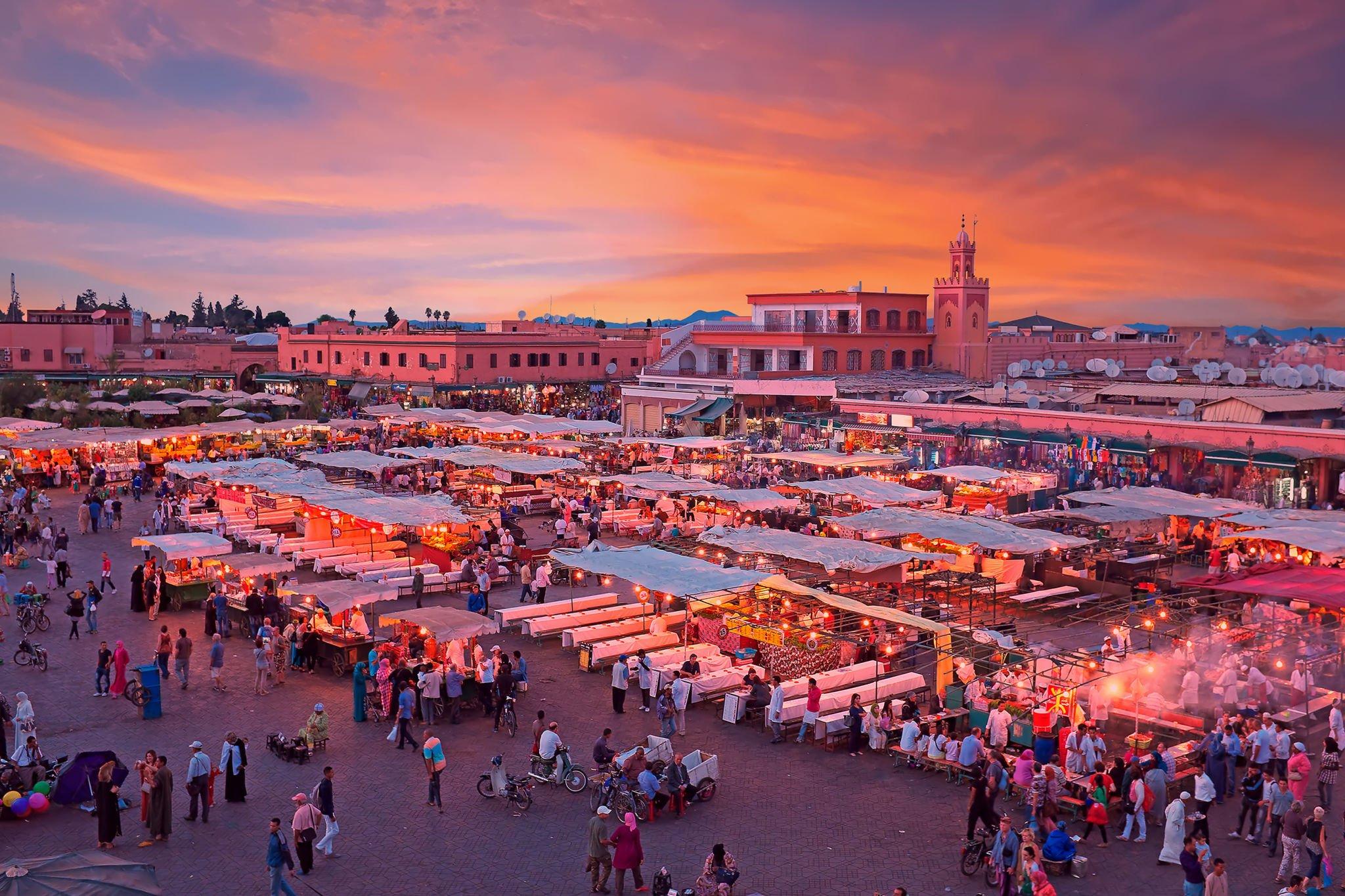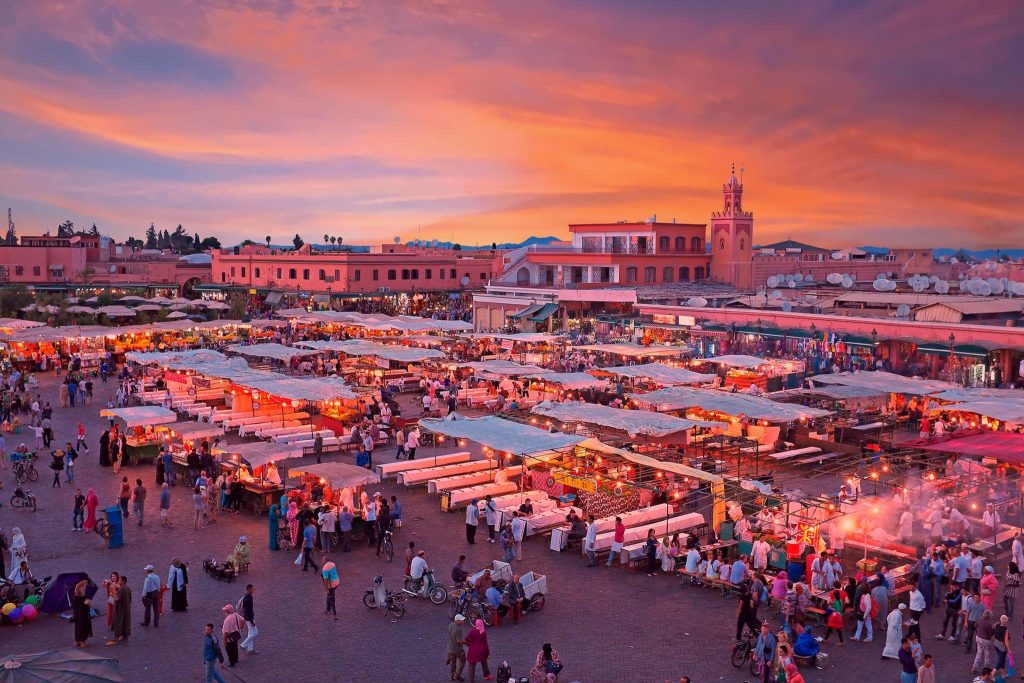
Nestled in North Africa, Morocco stands as a captivating destination that effortlessly marries the past with the present. Its allure lies not only in its historical richness but also in the diversity of its landscapes, cultural traditions, and unique experiences.
From the sprawling Sahara Desert to the bustling markets of Marrakech, Morocco is a tapestry of vibrant colors, intriguing stories, and warm hospitality. Let’s embark on a journey to explore 18 remarkable facets that make Morocco truly stand out on the world map.
Morocco’s well-deserved reputation as a captivating travel destination is firmly grounded. This North African gem beckons travelers with its enchanting blend of history, culture, and natural beauty. One of the world’s renowned natural wonders, Acadia National Park, shares a similar allure. Its picturesque landscapes and diverse ecosystems draw visitors from around the globe. If you’re interested in exploring other captivating destinations like Morocco, you might also want to consider what makes Acadia National Park so special. You can learn more about it on the Tales of Travelers page dedicated to “Acadia National Park.”
From the moment you set foot on Moroccan soil, you’re greeted by a vibrant mosaic of experiences that range from exploring ancient medinas to immersing yourself in the tranquility of the Atlas Mountains. Let’s dive into some of the standout features that have earned Morocco its well-deserved fame.
Contents
- 1 A Haven for Diverse Landscape
- 2 Djellabas Everywhere
- 3 A Muslim-Majority Population
- 4 A Haven for Diverse Landscape
- 5 Rabat, the Capital of Morocco
- 6 The Wydad Athletic Club
- 7 The World’s Oldest University
- 8 Marrakech
- 9 Hassan II Mosque
- 10 Meknes
- 11 Historic Medinas
- 12 Exploring Fez
- 13 Harira Soup
- 14 The Best Couscous
- 15 Tagine Stew
- 16 Andalusian Music
- 17 The Atlas Mountains
- 18 Relaxing Moroccan Mint Tea
- 19 Conclusion
A Haven for Diverse Landscape
Morocco is a land of contrasts, offering a wide array of landscapes that both astonish and captivate. From the golden dunes of the Sahara Desert extending to the horizon, to the rugged grandeur of the Atlas Mountains, Morocco’s terrain is a testament to the artistry of nature.
Similarly, other regions around the world have their own unique landmarks that define them; for instance, Texas is home to the Houston Space Center, a hub of innovation and discovery that contributes to the state’s unique identity.
Visitors have the chance to experience camel treks and spend the night in traditional desert camps, immersing themselves in the vastness and tranquility of this remarkable desert.
On the other hand, the Atlas Mountains offer a completely different scenery. These majestic peaks cut through the landscape, providing not only stunning views but also opportunities for adventure.
Whether you’re hiking in the foothills, skiing in the winter, or exploring the Berber villages that dot the mountainsides, the Atlas Mountains present a captivating and diverse environment.
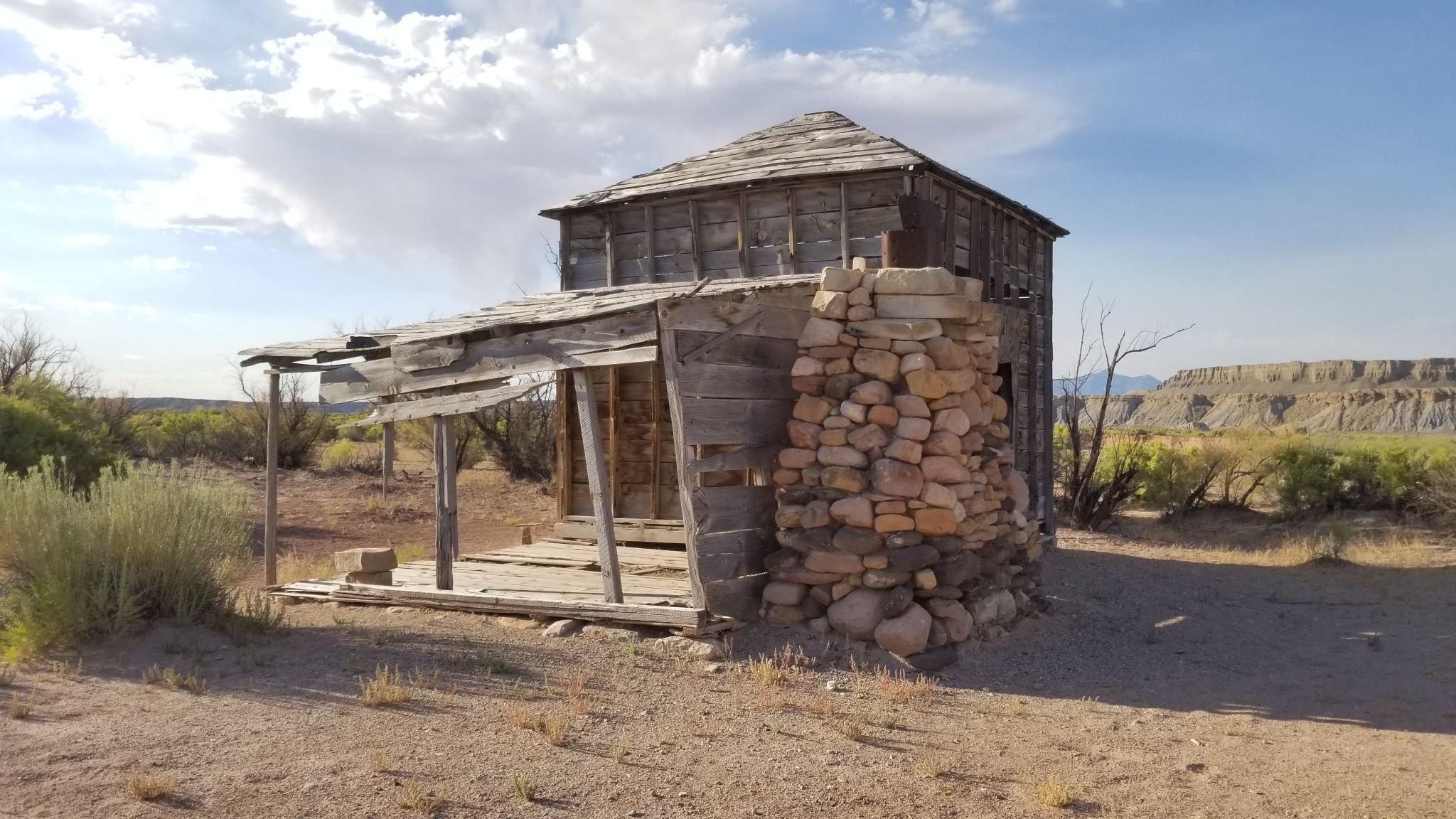
Djellabas Everywhere
The ubiquitous djellaba is not just a piece of clothing; it’s a symbol of Moroccan identity and culture. Worn by men and women alike, the djellaba graces the streets with its flowing elegance. This traditional robe-like garment comes in a kaleidoscope of colors and intricate designs, reflecting the country’s rich cultural tapestry.
The djellaba’s history dates back centuries and is deeply intertwined with Moroccan heritage. It was originally designed to provide comfort in the country’s hot climate, with its loose fit allowing for air circulation. Over time, it evolved into a cultural statement, with different regions adding their own unique touches to the design. Much like how Sacramento is recognized for its Riverfront beauty, the djellaba stands as a testament to Morocco’s rich history and tradition.
Today, the djellaba is not only worn on special occasions but is also a part of everyday life. You’ll find people of all ages donning this garment while going about their daily activities. The djellaba serves as a testament to Morocco’s ability to seamlessly blend tradition with modernity.
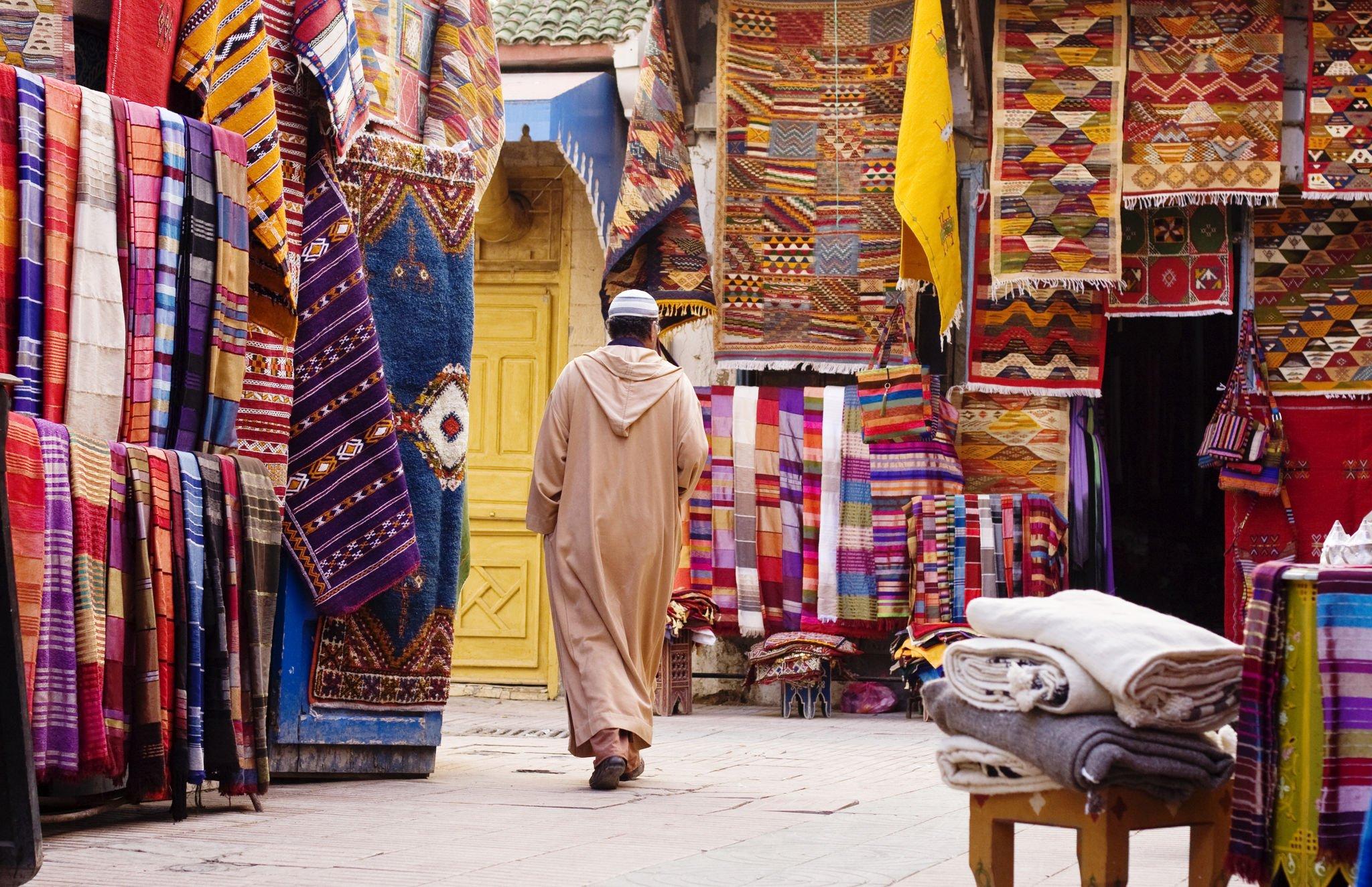
A Muslim-Majority Population
Islam is not only a religion but also an integral part of Morocco’s societal fabric. With a Muslim-majority population, the call to prayer resonates through cities and villages, infusing the air with a sense of spirituality.
Mosques hold a special place in Moroccan culture and architecture. The Hassan II Mosque in Casablanca, with its intricate design and stunning oceanfront location, is a prime example of Morocco’s devotion to its faith.
The call to prayer, known as the Adhan, is a regular reminder of the significance of Islam in the lives of Moroccans.
The warmth and hospitality of the Moroccan people are deeply rooted in their religious values. Visitors to the country often find themselves welcomed into homes and offered traditional mint tea as a gesture of friendship.
The blend of Islamic traditions and the Moroccan way of life creates an atmosphere that is both inviting and culturally enriching.
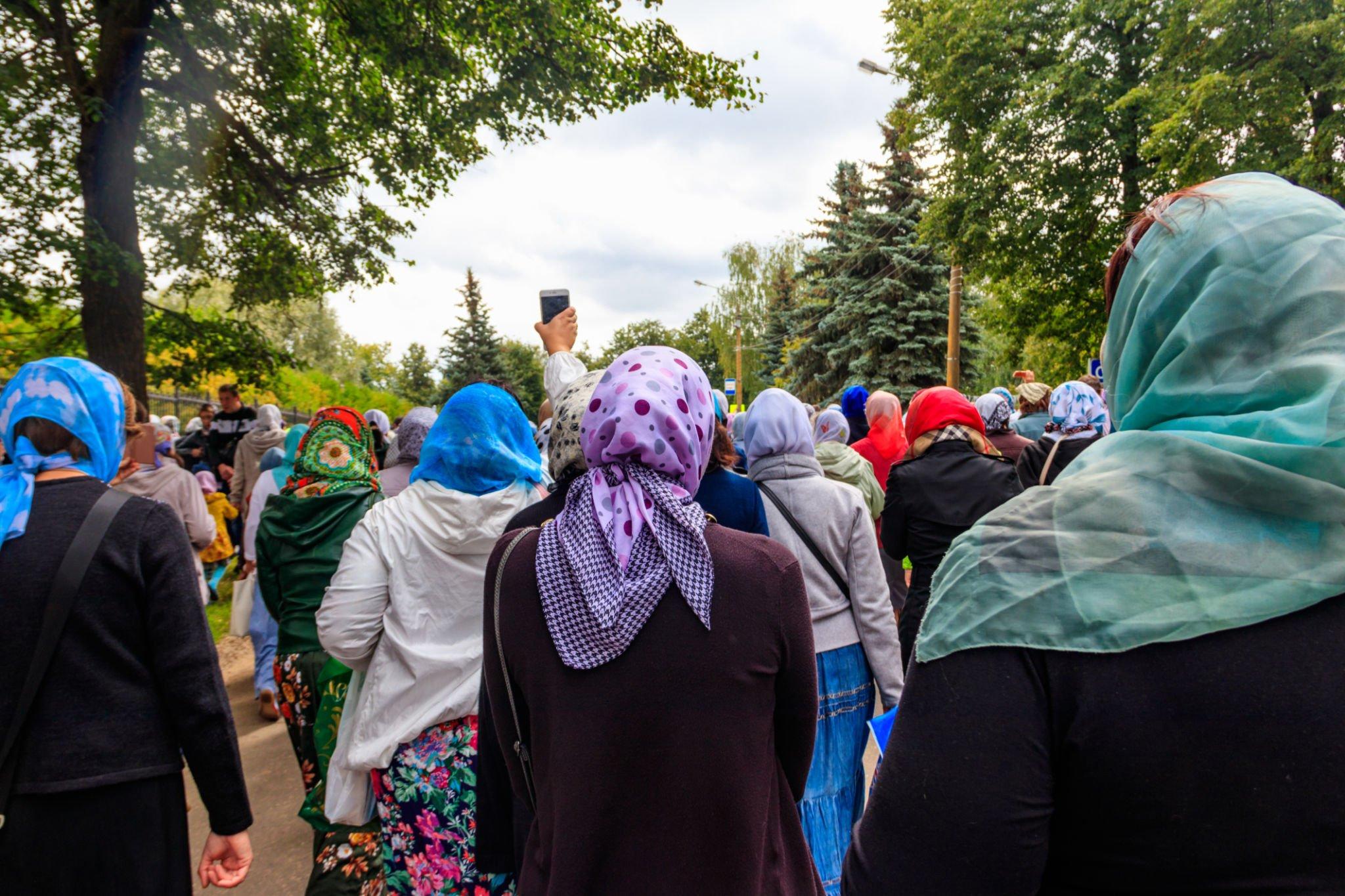
A Haven for Diverse Landscape
Morocco is a land of contrasts, boasting a diverse range of landscapes that astonish and delight. From the golden dunes of the Sahara Desert that stretch as far as the eye can see, to the rugged beauty of the Atlas Mountains, Morocco’s topography is a testament to nature’s artistry.
The Sahara Desert, often referred to as the world’s largest hot desert, is a mesmerizing expanse of undulating sand dunes. The orange hues of the dunes contrast against the vivid blue sky, creating a surreal and breathtaking sight.
Visitors have the chance to experience camel treks and spend the night in traditional desert camps, immersing themselves in the vastness and tranquility of this remarkable desert.
On the other hand, the Atlas Mountains offer a completely different scenery. These majestic peaks cut through the landscape, providing not only stunning views but also opportunities for adventure.
Whether you’re hiking in the foothills, skiing in the winter, or exploring the Berber villages that dot the mountainsides, the Atlas Mountains present a captivating and diverse environment.
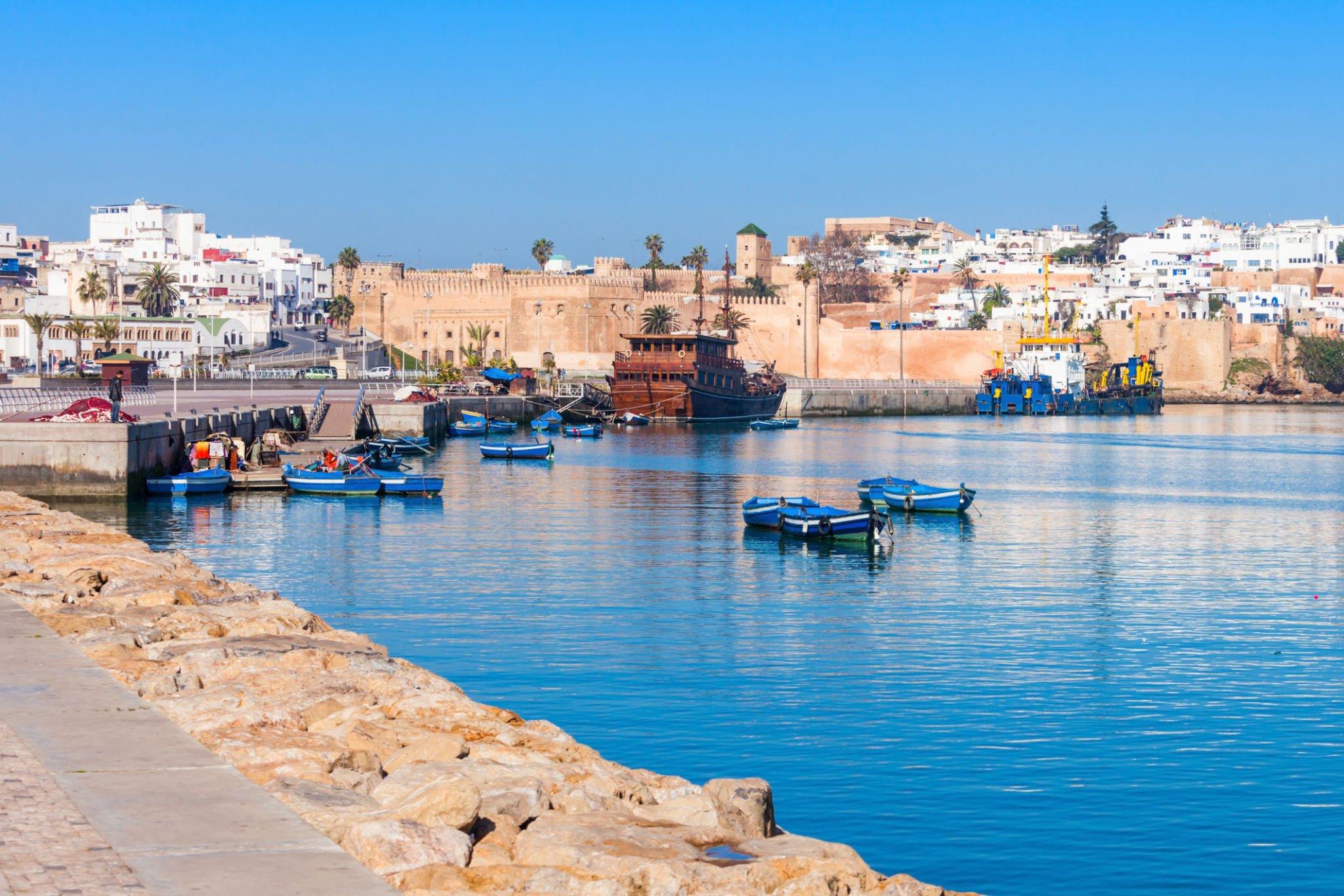
Rabat, the Capital of Morocco
Rabat, the capital city of Morocco, is a dynamic blend of tradition and modernity. Its unique charm lies in its ability to seamlessly integrate historical landmarks with contemporary developments.
The city’s old medina showcases intricate architecture and bustling markets, offering a glimpse into Morocco’s past. At the same time, Rabat’s modern districts are home to government institutions, universities, and cultural venues.
One of the city’s most iconic sites is the Hassan Tower, a minaret that stands as a testament to an unfinished mosque dating back to the 12th century.
Adjacent to the tower is the Mausoleum of Mohammed V, a masterpiece of Moroccan architecture that serves as the final resting place for three generations of Moroccan kings.
The Wydad Athletic Club
Sports enthusiasts are well-acquainted with the Wydad Athletic Club, a football team based in Casablanca. Founded in 1937, this club has become a symbol of national pride and a hub for passionate football fans. Wydad’s rich history and accomplishments have made it one of the most successful and beloved football clubs in Morocco.
Its matches are not just sporting events but vibrant celebrations that bring communities together. If you’re interested in more exciting sports experiences, you should also explore “The LA Experience” to discover what Los Angeles is known for.
The World’s Oldest University
The University of al-Qarawiyyin, located in the city of Fez, stands as a testament to Morocco’s longstanding tradition of learning. Established in 859 AD, it holds the distinction of being recognized by UNESCO as the world’s oldest continually operating degree-granting university.
The university has played a pivotal role in the development of education and scholarship in the region, making it a historic and intellectual cornerstone of Morocco.
Marrakech
Marrakech is a city that captivates the senses with its vibrant energy, vivid colors, and rich history. Its allure lies in its ability to seamlessly blend the old with the new, resulting in a unique and dynamic atmosphere. The heart of Marrakech is its ancient medina, a UNESCO World Heritage site that boasts labyrinthine streets, bustling markets, and architectural marvels.
The Jemaa el-Fnaa square serves as the epicenter of activity, transitioning from a bustling market during the day to a lively entertainment hub in the evenings. Surrounding the square are historic landmarks such as the iconic Koutoubia Mosque, whose towering minaret is an unmistakable symbol of the city. If you’re seeking more exhilarating experiences akin to the excitement of Jemaa el-Fnaa, you’ll find a world of ‘Pleasure Beach Thrills‘ awaiting you in Blackpool, a city famous for its vibrant attractions and entertainment scene.
In the following sections, we will continue to unravel the fascinating elements that contribute to Morocco’s fame, ranging from historic sites to culinary delights and cultural expressions.
Hassan II Mosque
The Hassan II Mosque in Casablanca is a masterpiece of Islamic architecture that stands as a testament to Morocco’s devotion to its faith and its modern aspirations.
Perched along the coastline, its breathtaking design harmoniously blends intricate details with grandeur. Completed in 1993, this mosque can accommodate over 100,000 worshippers, making it one of the largest religious buildings in the world.
What truly sets the Hassan II Mosque apart is its stunning oceanfront location. Its reflective pool creates a mesmerizing illusion of the mosque floating on water during high tide. Visitors are welcomed to explore the mosque’s interior, adorned with intricate mosaic patterns, ornate woodwork, and stunning marble floors.
Meknes
Meknes, often referred to as the “Versailles of Morocco,” is a city steeped in history and architectural marvels. It was once the capital of Morocco and remains a testament to the grandeur of Moroccan dynasties. The city’s medina is a UNESCO World Heritage site, offering a glimpse into the past with its well-preserved historic structures and bustling markets.
One of the city’s highlights is the Bab Mansour gate, a monumental entrance that serves as a magnificent introduction to Meknes’ imperial architecture. The Mausoleum of Moulay Ismail, the city’s founder, is another remarkable site, showcasing intricate tilework and craftsmanship.
Historic Medinas
Morocco’s historic medinas are like stepping into a time capsule, transporting visitors back to centuries past. The medinas are characterized by labyrinthine alleys, bustling markets, and a rich architectural heritage that showcases the country’s diverse history.
The medina of Fes el-Bali in Fez, a UNESCO World Heritage site, is one of the most well-preserved medieval cities in the world. Its winding streets are lined with vibrant souks, traditional riads, and ancient mosques. The medina’s authenticity and cultural significance make it a must-visit destination for those seeking to immerse themselves in Morocco’s past.
Exploring Fez
Fez, often referred to as the “Athens of Africa,” is a city of intellectual and cultural significance. It’s home to one of the world’s oldest universities and has a history of fostering creativity and learning. The city’s medina, Fes el-Bali, is a treasure trove of historical and artistic wonders.
One of the city’s focal points is the University of al-Qarawiyyin, founded in the 9th century. This institution has played a pivotal role in shaping Morocco’s intellectual landscape and has been a center of learning for centuries. The university’s library houses ancient manuscripts that provide insights into various fields of knowledge.
As you traverse the bustling streets of Fez, you’ll encounter a tapestry of traditional craftsmanship. The tanneries of Fez are particularly famous, offering a glimpse into the age-old art of leather tanning using methods that have been passed down through generations.
In the following sections, we will continue to unravel the fascinating elements that contribute to Morocco’s fame, ranging from culinary delights to artistic expressions and breathtaking landscapes.
Harira Soup
Harira is more than just a soup; it’s a culinary masterpiece that holds a special place in Moroccan cuisine and culture. This hearty and flavorful soup is a staple during the holy month of Ramadan, often enjoyed to break the fast at sunset.
Harira is a nourishing blend of tomatoes, lentils, chickpeas, and aromatic spices. It’s not only a delicious dish but also a symbol of unity and togetherness, as families and communities gather to share this comforting meal. The combination of flavors and textures in Harira reflects Morocco’s culinary diversity and the warmth of its people.
The Best Couscous
Couscous is a dish that embodies Moroccan hospitality and tradition. This staple food is made from steamed semolina grains, often served with a rich stew of vegetables, meat, and fragrant spices. The preparation of couscous is an art form that requires skill and patience, as each grain is meticulously steamed to achieve its characteristic light and fluffy texture.
Couscous is more than just a meal; it’s a reflection of Moroccan culture and the importance of communal dining. Sharing a plate of couscous is a gesture of friendship and connection, and it’s a dish that brings families and friends together.
Tagine Stew
Tagine is a quintessential Moroccan dish that has captured the hearts and palates of people around the world. Named after the earthenware pot in which it’s cooked, Tagine is a slow-cooked stew that marries the flavors of tender meat, vegetables, dried fruits, and aromatic spices.
The magic of Tagine lies in its ability to transform simple ingredients into a symphony of flavors. The slow-cooking process allows the ingredients to meld together, creating a dish that is both savory and sweet, with layers of taste and texture. Tagine represents the artistry of Moroccan cooking and the country’s dedication to preserving traditional culinary techniques.
Andalusian Music
Andalusian music is a melodic journey that traces its roots back to Spain’s Andalusian region and has found a cherished home in Moroccan culture. This genre of music is characterized by its haunting melodies, intricate rhythms, and poetic lyrics.
Andalusian music is often accompanied by the oud (a stringed instrument) and percussion instruments, creating an enchanting atmosphere that transports listeners to another time and place. The music evokes a sense of nostalgia and emotion, embodying the rich history of cultural exchange between Morocco and its neighbors.
In the following sections, we will continue to unravel the fascinating elements that contribute to Morocco’s fame, ranging from artistic expressions to breathtaking landscapes and architectural wonders.
The Atlas Mountains
The Atlas Mountains stand as both a geographical marvel and a cultural treasure. These majestic peaks stretch across Morocco, offering breathtaking vistas and opportunities for exploration. The mountains are divided into three ranges: the High Atlas, the Middle Atlas, and the Anti-Atlas.
The High Atlas range boasts Morocco’s highest peak, Mount Toubkal, which attracts adventurous hikers and climbers. The Middle Atlas is known for its lush forests, while the Anti-Atlas offers dramatic landscapes with stunning rock formations.
The Berber people, who have inhabited the Atlas Mountains for centuries, have a rich cultural heritage that is deeply intertwined with the mountains. Their villages, traditional architecture, and way of life reflect the harmony between humans and nature.
Relaxing Moroccan Mint Tea
No trip to Morocco is complete without experiencing the ritual of Moroccan mint tea. Known as “Moroccan whiskey,” this refreshing and aromatic beverage is a symbol of hospitality and friendship. The tea is typically prepared with green tea leaves, fresh mint leaves, and a generous amount of sugar.
The preparation of Moroccan mint tea is an art form in itself, involving a series of precise pouring to create a frothy layer on top. The act of pouring and serving the tea is a gesture of welcome, and it’s often accompanied by lively conversation and shared moments.
Conclusion
Morocco’s fame extends far beyond its geographical boundaries. It’s a country that weaves a rich tapestry of landscapes, traditions, and experiences, inviting travelers to explore its history and embrace its present.
From the enchanting medinas to the breathtaking desert landscapes and the warmth of its people, Morocco leaves an indelible mark on those who venture within its borders.
As you immerse yourself in the diverse and captivating facets of Morocco, you’ll find that this North African gem truly lives up to its reputation as a land of wonder and fascination.

